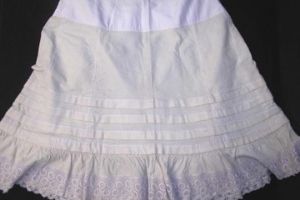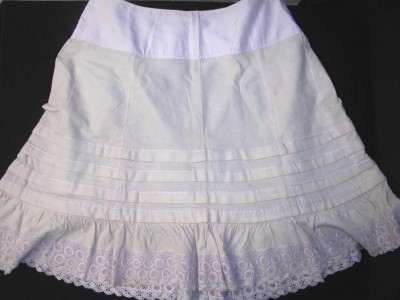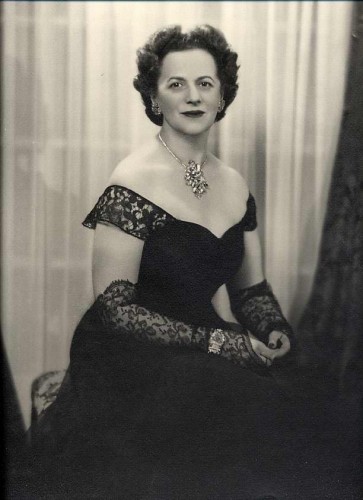A dingy basement, a gilded age

 A blog post by Summer Intern Kierra Foley.
A blog post by Summer Intern Kierra Foley.
In the past several weeks, all the interns working in collections have been pulled from their respective areas of expertise (mine being the collections related to the Lloyd Street Synagogue) in order to work collectively on object inventory – a huge undertaking that occurs every three years, during which every object housed in this museum is located and documented.
As the intern known for her marked high heel penchant, it came as no surprise to my colleagues that I took a particular interest in the textiles. Particularly, the women’s clothing.
I have always held the belief that much can be discerned about the social and cultural history of a time period by a close examination of the time period’s fashion. In the boxes of this basement, there lies a quick snapshot of history through its frills (literally – badum tish!).
The first garment that really seized my attention was this gilded age petticoat, an article that once belonged to Caroline Wiesenfeld Rosenfield.
The extravagance and ideological crossfires of this era are evident in the fashion choices made by its women; it was after all, a time of stifling Victorian sensibilities, a fin-de-siècle sense of lawlessness, and the rise of a new industrial working class –all doused in shimmering gilt. This petticoat was more than likely one of the last of its kind. Petticoats of such a fashion (bell-shaped) were falling out of fashion by the late nineteenth century, in favor of more bustled and ruffled styles. A new image of more voluptuous and highly pronounced femininity strangely arose out of the repressed sexuality of the Victorian era, arguably setting the ultimate momentum for the suffrage movement that shortly followed. This petticoat is a small snapshot of an ideological movement in American history, one that championed tradition on the dawn of a changing social landscape.
And here is an example of the height of this new liberal and prosperous landscape – a flapper dress from the roaring 20’s. We all know (especially those of us that attended the JMM’s Purim party this past spring!) about the free spirit of flappers. “Looser” morals are personified here in the looser bodice, the shorter hemlines, and the freer usage of color. Women were gaining independence, in most every realm, and the lively spirit of dress, as seen in this beautiful JMM gown, embodied this.
And here, this 1940s portrait of Miriam Epstein Lansburgh is exemplary of my favorite style of dress – American war era. The simple elegance shows the ideological move back towards “traditional” American values and the desire to embody radiant sophistication. The war brought a revived surge of patriotism, bolstering the morale lost in the Great Depression. Women were again able to dabble in the frivolous realm of fashion – and convey the patriotic spirit of American traditionalism while doing so. Visions of white picket fences and nuclear families seized the nation, and elegant femininity and grace seized females. As a woman who always hopes to emulate Grace Kelly (if only palely), I find the dress and demeanor of this photograph stunning.
In short, among the wonderland of boxes, Saks Fifth Avenue has nothing on the Jewish Museum of Maryland’s basement.



